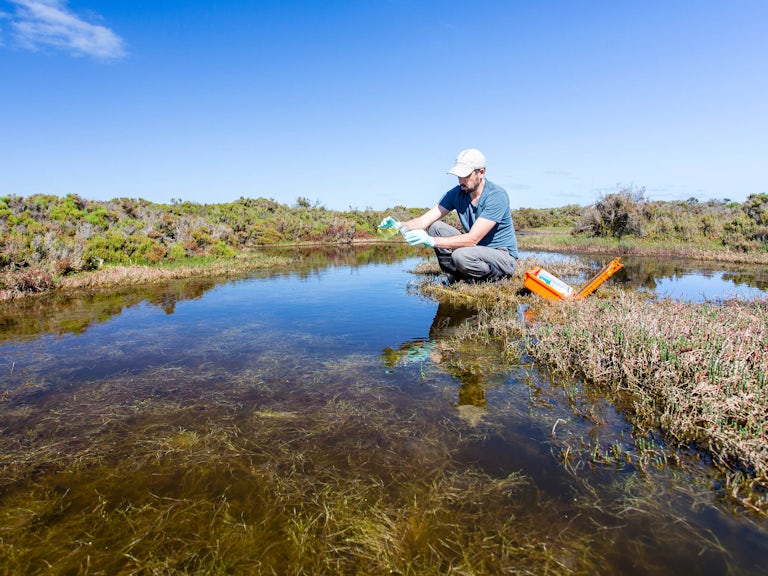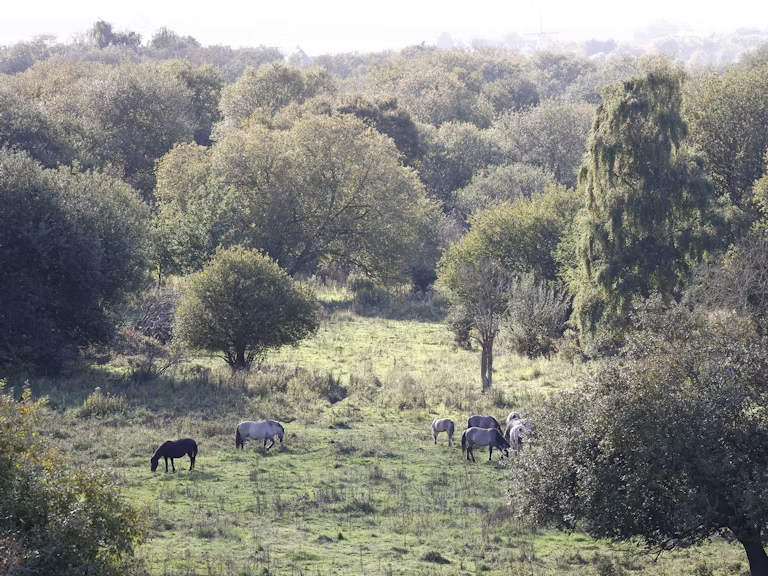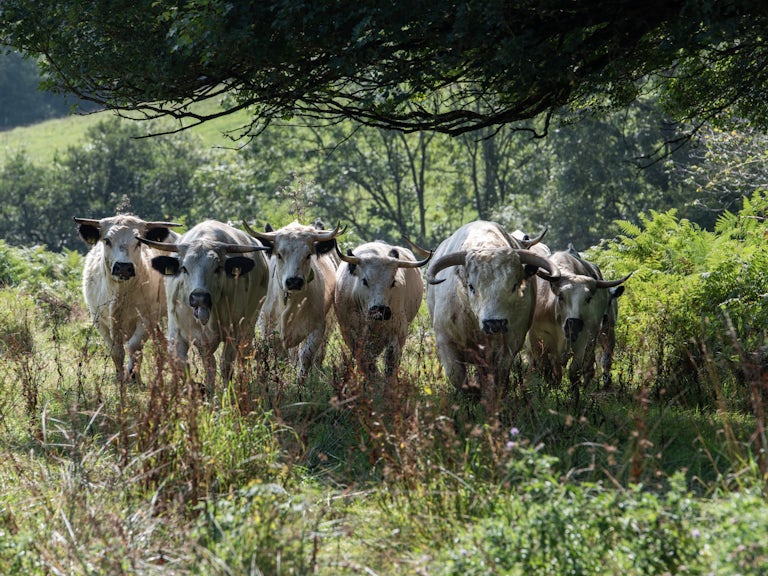Legislation and Regulation Guide
From tax and subsidies to access and liability, our guide will help you make sense of rewilding and the law.
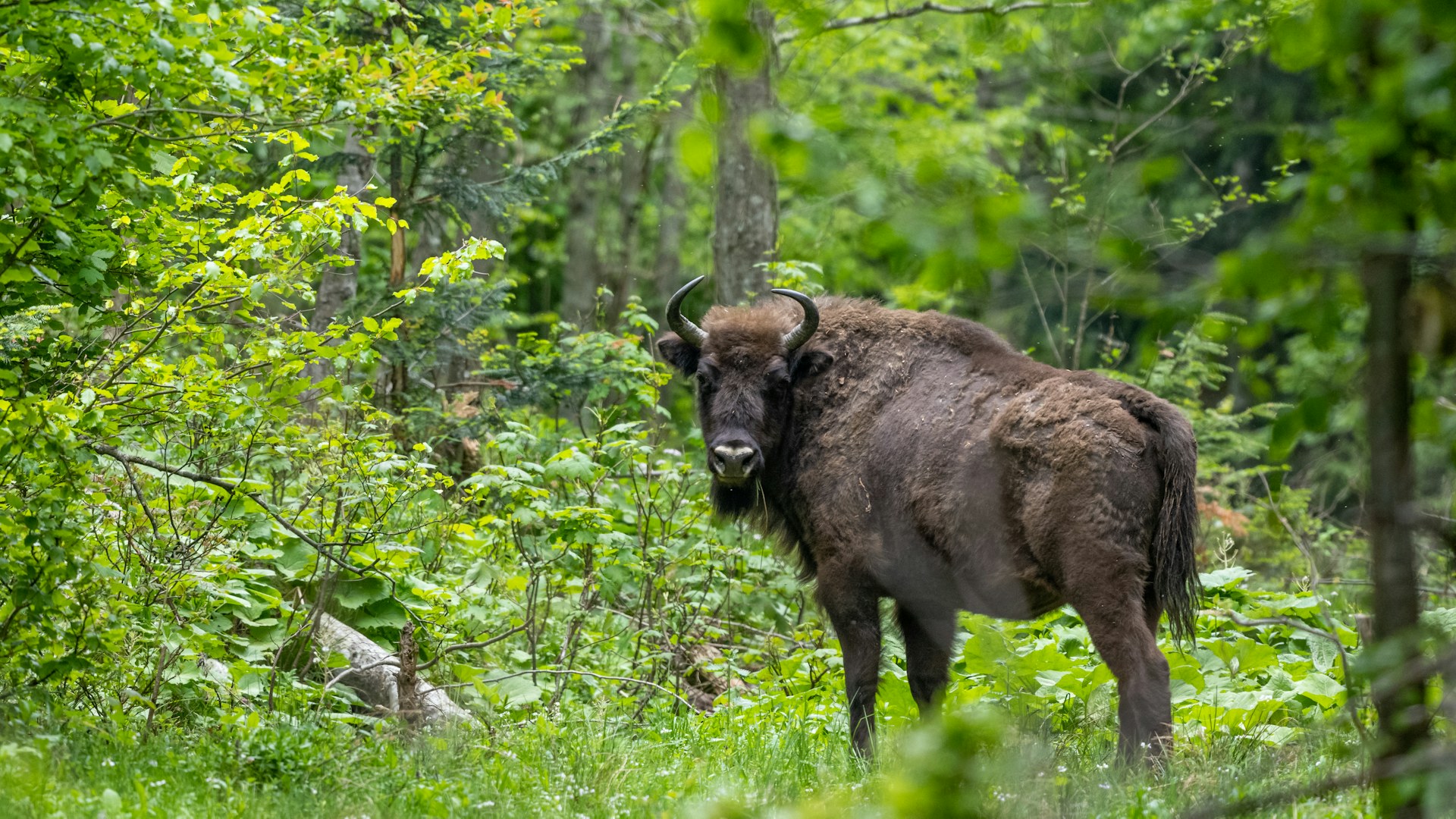
As a pioneering movement, rewilding is pushing our knowledge and understanding of natural processes, interactions, our environment, ourselves and policy. So it’s easy to feel lost when it comes to trying to understand the ins and outs of all the laws you may need to comply with as a rewilder.
That’s why we’ve partnered up with legal experts at the Lifescape Project to bring you detailed notes which together form a guide to legislation and regulation for rewilders.
Whether you’ve already embarked on your rewilding project or are considering it, this guide covers a comprehensive range of laws and regulations. While our guide doesn’t replace the need for legal advice specific to your project, it is designed to help you navigate the legal landscape.
What the notes in this guide cover
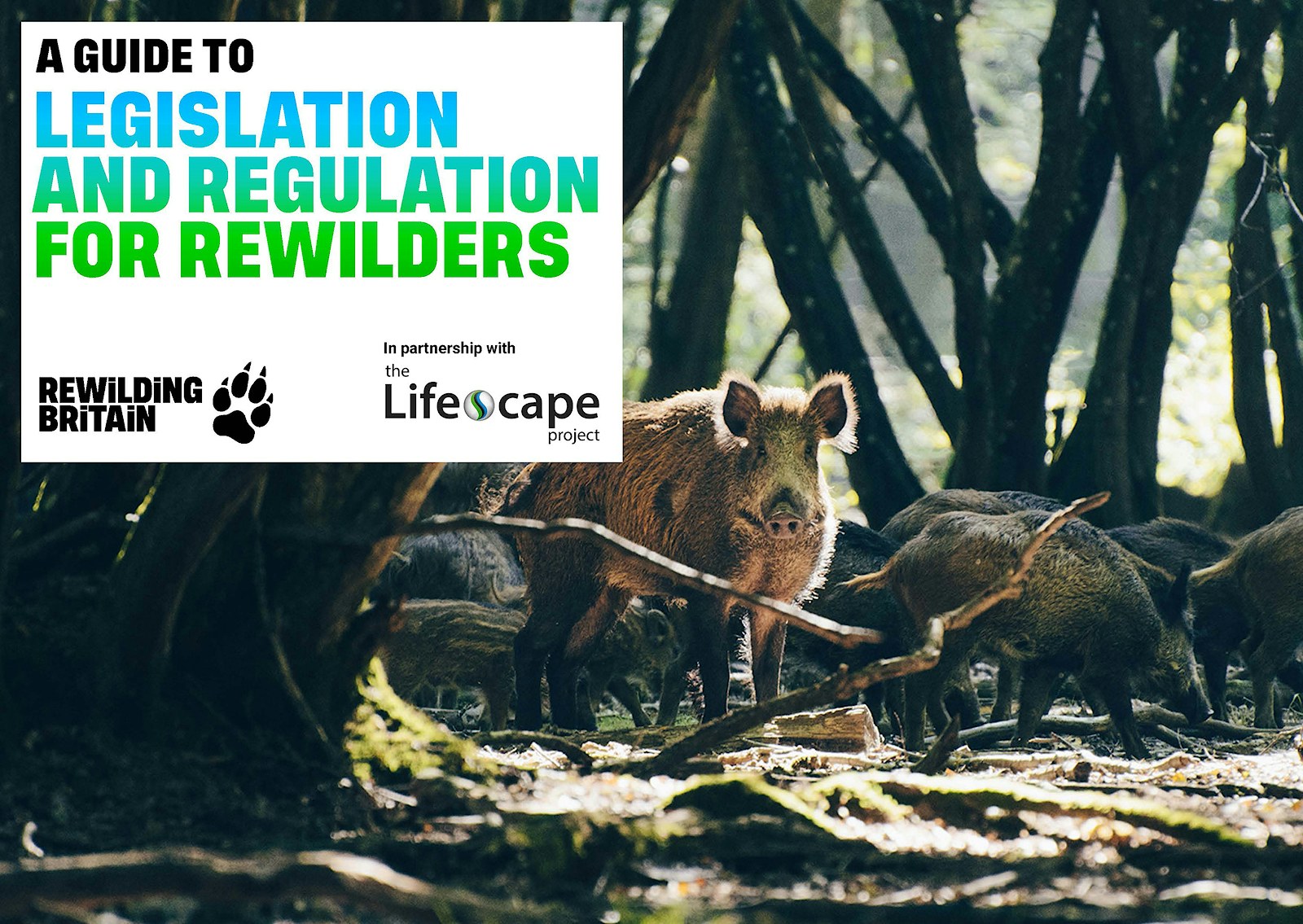
Legislation and Regulation Guide
Download pdf- Tax and subsidies
- Access and liability
- Land use and planning
- Wildlife reintroductions and licensing
Tax and subsidies
To replace the EU’s Common Agricultural Policy, England, Wales and Scotland are reforming their agricultural subsidy schemes to focus more on increasing biodiversity and conserving the landscape.
England: The Environmental Land Management (ELM) schemes (Sustainable Farming Incentive, Countryside Stewardship, and Landscape Recovery) will pay farmers and other landowners – which may include rewilders – to deliver public goods and environmental improvements.
Wales: There’ll be a single Sustainable Farming Scheme.
Scotland: The Agricultural Bill aims to agree a plan which delivers for food, nature and the climate.
Our guide outlines how these different subsidy schemes can be used for rewilding actions. It also breaks down how tax regimes may affect your tax position as a landowner if you carry out rewilding activities, from farming grants to tax relief to inheritance liabilities.
Access and liability
Encouraging access to nature is a core principle of rewilding. Indeed, many rewilding sites are already open access land under the Right to Roam. Yet the granting of public access puts obligations on landowners to ensure visitors’ safety. Rewilders must also consider their responsibilities towards neighbours whose own land may be affected by nearby rewilding activities.
Our guide explains how rewilders can ensure safe access by the public, how public access rights and responsibilities can be created, changed or removed, the rights of landowners themselves, and how to minimise risks of liability towards the public and neighbouring landholders.
Land use and planning
Rewilding projects seek to restore land to a wilder state, which may include fields that were previously farmed or woodland. In doing so, rewilders must navigate a complex landscape of land use and planning legislation, from obligations around harmful or invasive plant species through to conservation covenants. Projects involving land use changes or new developments are more likely to need planning permission and/or environmental impact assessments, while rewilding of any land designated as a protected area may be subject to further planning and development controls.
The guide sets out legislation around various land use regulations to help rewilders understand their responsibilities and the permissions that may be needed for their plans.
Wildlife reintroductions and licensing
Due to the complexity of UK law on species reintroduction, it can be difficult to understand when licences are needed. The Dangerous Wild Animals Act 1976 restricts the reintroduction of certain animals including bison, wild boar and lynx, while the Wildlife and Countryside Act 1981 sets out the licensing, consultation and assessment requirements for native species which may be legally reintroduced.
The guide explains when licences and other processes are required for reintroductions, as well as the likely legal conditions associated with these licences.
Our partner Lifescape
We’re extremely grateful to the Lifescape Project. Their mission is to catalyse the creation, restoration and protection of wild landscapes by pursuing projects which address the themes of science, technology, law, economics, and culture.
More about Lifescape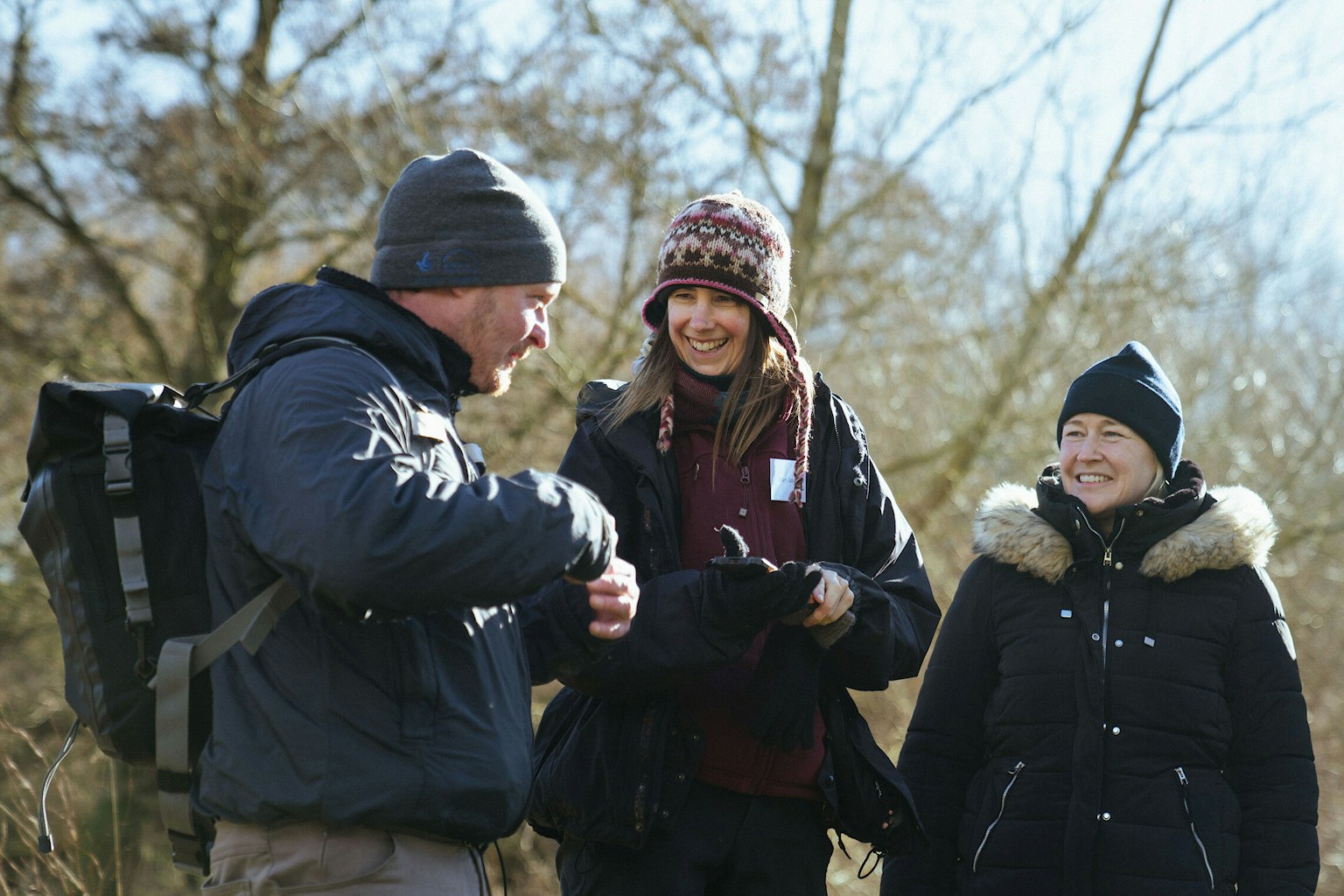

Still have questions?
If you’re rewilding land or sea already, or you plan to do so, we encourage you to access further support by joining the Rewilding Network.
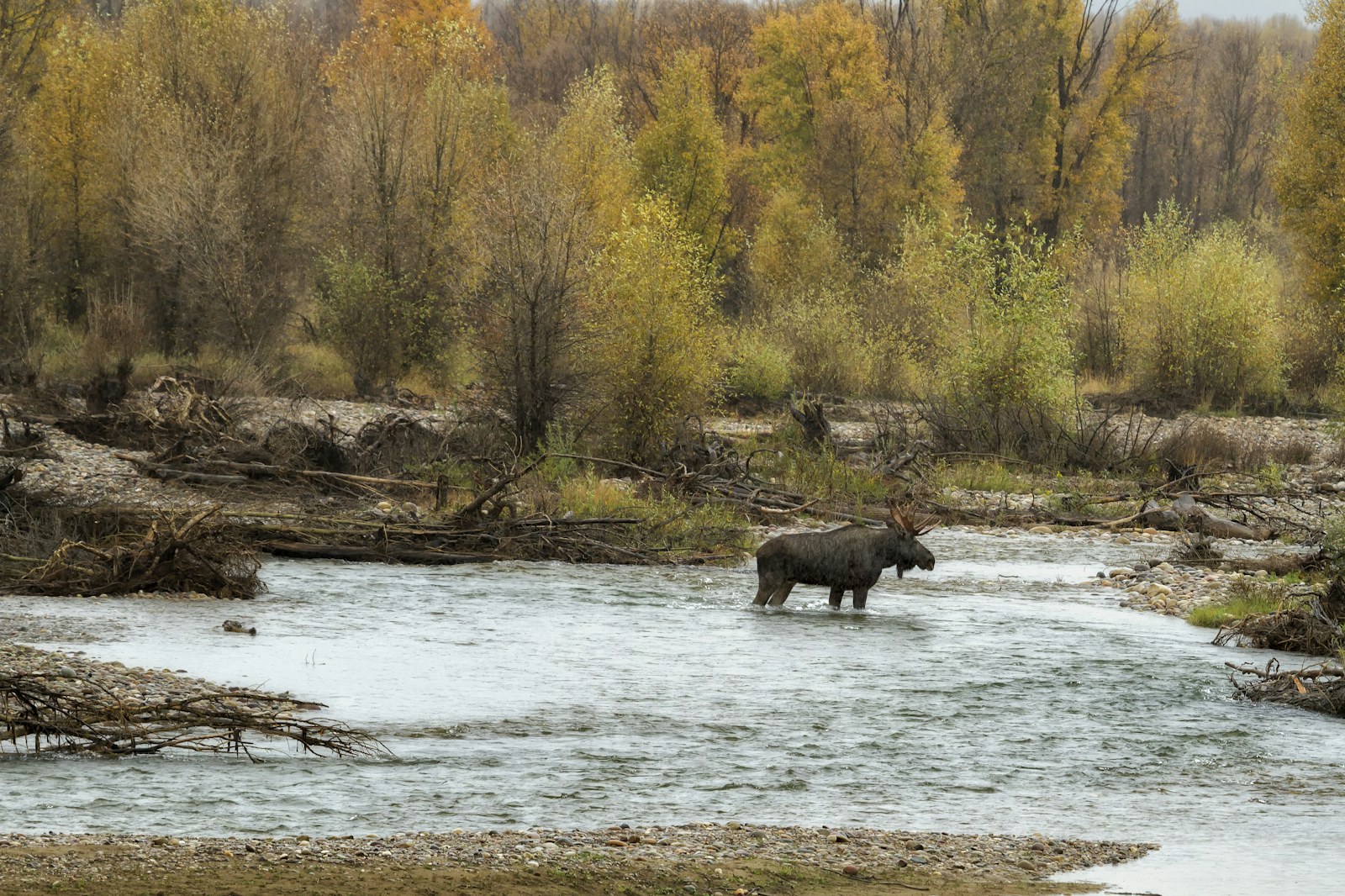
EXPLORE INNOVATION FUND PROJECTS
We’ve already awarded more than half a million pounds to dozens of rewilding initiatives around Britain through the Rewilding Innovation Fund.
From lynx feasibility studies to coastal restoration, community engagement to drone surveying, uncover all the projects we’ve funded since 2021.
The recipients showcase the diverse range of rewilding projects taking action across Britain. Our support will help boost their bold efforts to improve our climate, bring nature back and provide economic futures for communities.
